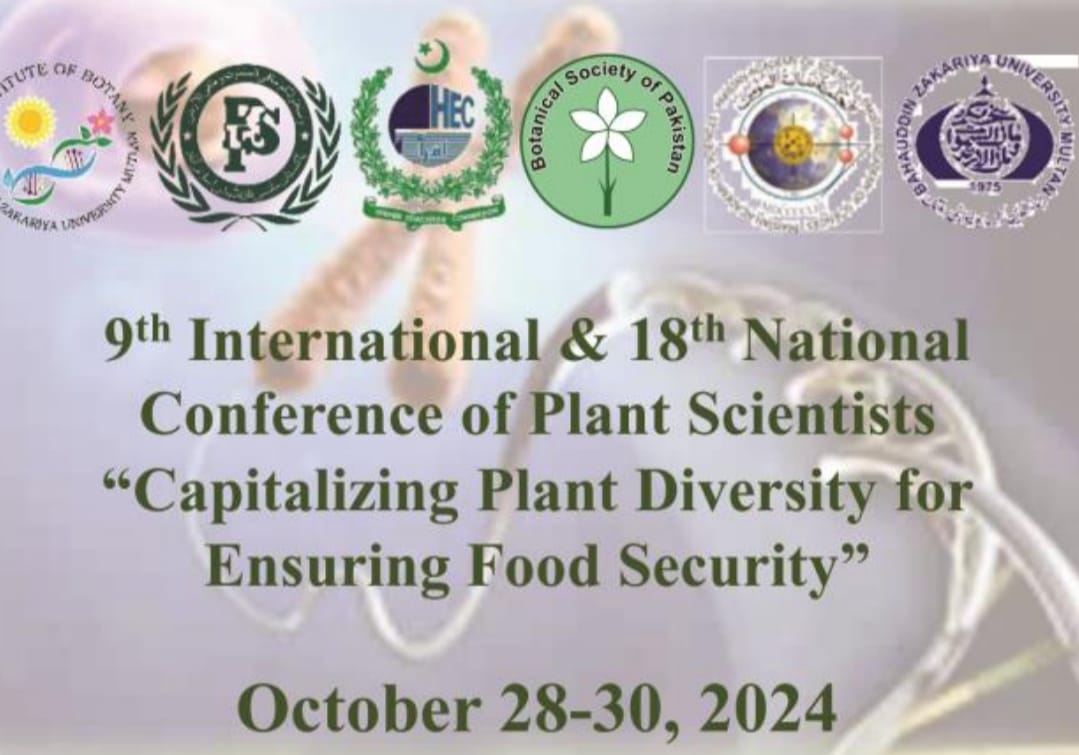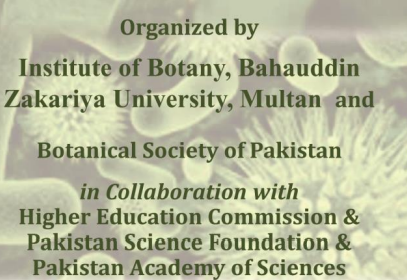
PJB-2026-1503
Elucidation of physio-biochemical changes in mango plants incited by Xanthomonas axonopodis pv Mangifera indicae
Asif Mahmood Arif, Muhammad Atiq, Nasir Ahmed Rajput and Muhammad Ahsan Khan
Abstract
Enzymatic substances in plants are the key compounds that help combat various biotic diseases; however, the interaction between these compounds and pathogens is a complex phenomenon. The balanced concentration of these biomolecules is crucial for regulating plant defense against the attack of invading pathogens. Therefore, in a contemporary study, biochemical profiling was performed to assess the alterations in biochemical substances of mango leaves induced by Xanthomonas axonopodis pv. mangiferae. In this regard, six mango varieties (three resistant and three susceptible) were selected after two consecutive years of screening, and the pathogen was artificially applied using the syringe method. Leaves of resistant (Langra, White Chaunsa, Sensation) and susceptible (Anwar Ratol, Dusehri, Black Chaunsa) varieties from un-inoculated and inoculated groups were collected and analyzed for variations in biochemical substances and certain morphological attributes. Significant variations (p≤0.05) were observed in the biochemical compounds among the treatment types. Susceptible mango varieties exhibited 0.19, 387.17, 10.25, 3.30, 3.28 (µmol/mg), 13.55 and 16.5 mg/dry weight, resistant type expressed 0.24, 468.05, 15.74, 4.48, 3.49 (µmol/mg), 18.28 and 21.28 mg/dry weight of peroxidase, superoxidase dismutase, catalase, hydrogen peroxide, total soluble proteins, total phenolic contents and total soluble sugars respectively, while in case of groups, inoculated plants showed 0.13, 288.42, 3.15, 1.53, 2.85, 6.45 and 9.40 μg/g and un-inoculated group expressed 0.30, 566.78, 22.84, 6.25, 3.92, 25.39 and 28.39 μg/g. Photosynthetic rate, transpiration rate, stomatal conductance, and chlorophyll contents (total, a, and b) were observed to be high in healthy plants as compared to inoculated ones. At the same time, water use efficiency was observed in greater amounts in inoculated plants as compared to healthy plants. The outcome of this study can be used to develop biochemical markers to identify resistant mango sources against bacterial black spot disease.
To Cite this article: Arif, A.M., M. Atiq, N.A. Rajput and M.A. Khan. 2026. Elucidation of physio-biochemical changes in mango plants incited by Xanthomonas axonopodis pv Mangifera indicae. Pak. J. Bot., 58(1): DOI: http://dx.doi.org/10.30848/PJB2026-1(16)
Download PDF


